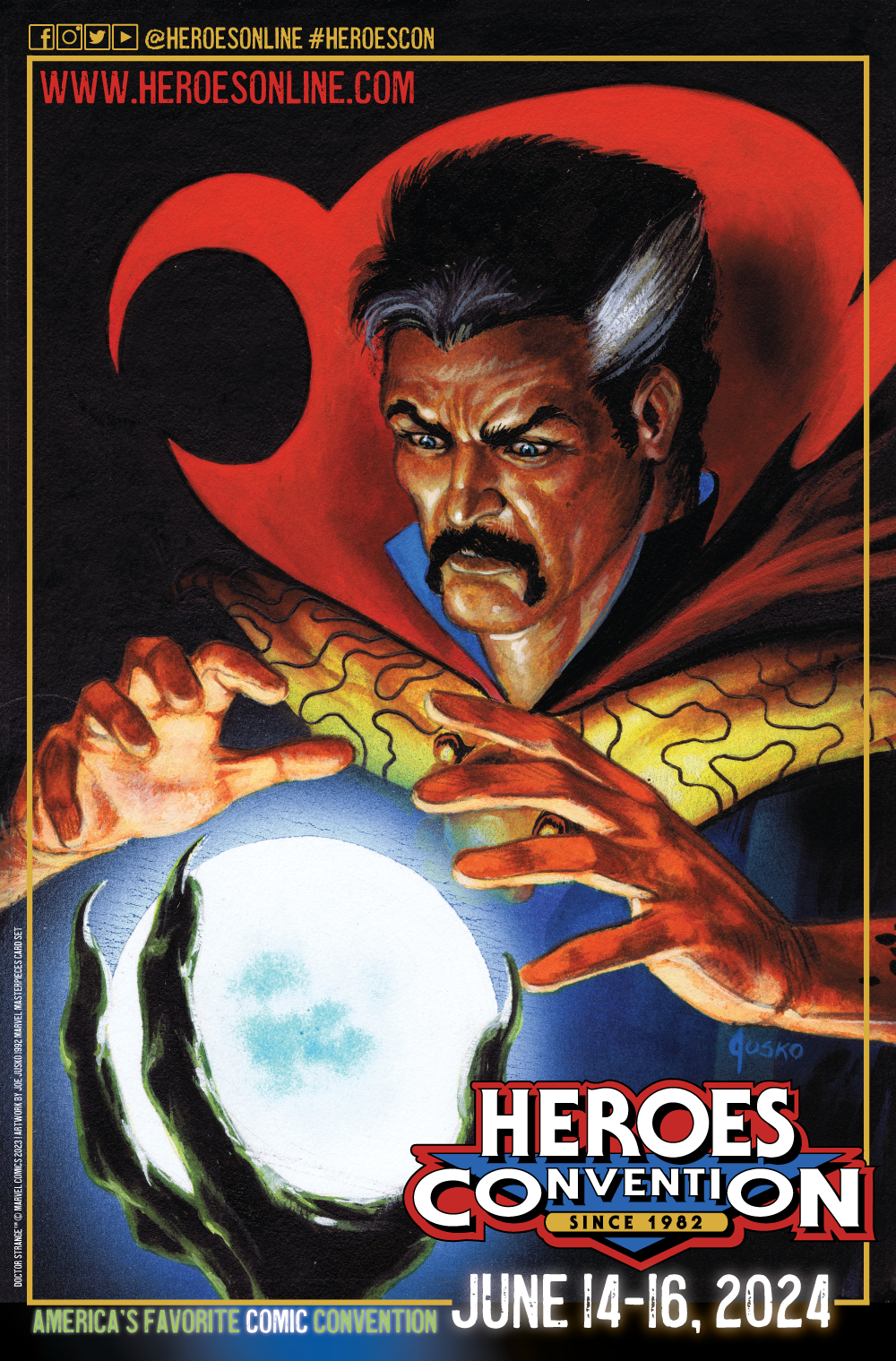NOW READ THIS! :: JULIUS KNIPL, REAL ESTATE PHOTOGRAPHER

![]() Of all the avenues weaving around and through comics, the comic strip has probably undergone some of the more significant changes in our lifetime. As production and readership of physical newspapers continues to diminish, so does the variety of printed content. Naturally, comic strips are one of the things that inevitably ended up on the chopping block. When I was kid, I knew the work of Charles Schulz, Gary Larson, Hank Ketcham and more, but even in the eighties, the relevance of the strip started to wane. With the exceptions of Calvin and Hobbes and Cul de Sac, there haven’t been too many truly great strips that captivated large audiences in recent decades. But, alas, this post isn’t meant to mourn the passing of the comic strip as a form. No, today I want to turn your attention to a lesser known strip that many of you have probably never even heard of: Ben Katchor’s Julius Knipl, Real Estate Photographer.
Of all the avenues weaving around and through comics, the comic strip has probably undergone some of the more significant changes in our lifetime. As production and readership of physical newspapers continues to diminish, so does the variety of printed content. Naturally, comic strips are one of the things that inevitably ended up on the chopping block. When I was kid, I knew the work of Charles Schulz, Gary Larson, Hank Ketcham and more, but even in the eighties, the relevance of the strip started to wane. With the exceptions of Calvin and Hobbes and Cul de Sac, there haven’t been too many truly great strips that captivated large audiences in recent decades. But, alas, this post isn’t meant to mourn the passing of the comic strip as a form. No, today I want to turn your attention to a lesser known strip that many of you have probably never even heard of: Ben Katchor’s Julius Knipl, Real Estate Photographer.

I discovered a collection of Katchor’s strips by accident at Heroes a few years back. If there is an unfortunate aspect of my stumbling upon Katchor’s work, it’s that I never read the actual strips as they initially appeared. Regional papers never carried his strips and even today, you won’t see his latest strips in Metropolis magazine very easily (though you can link HERE for a look at a few of them). It was sheer curiosity that lead me to pick up this random collection. How exciting can a book be when its chief character makes a living taking pictures of various odd buildings around the city? As it turns out, it’s not especially exciting, but it is a brilliant example of how the comic strip remains a fascinating form of entertainment.
The first thing you’ll notice about Katchor’s work is that the strips are simple, usually following an eight panel grid, and almost always crafted with pen, ink and gray tones. These look like the product of the monochromatic city whose stories they capture. Katchor might not have the skilled pen of someone like Richard Thompson or Bill Watterson, but his art is unique among strip artists. Most of the characters appear as short, pudgy and a little broken down. That’s not to say there’s not joy present in the series, only that frequently it appears as a side note. When a character does seem to find a kind of simple happiness, there’s a feeling that it might be the result of a simple-mindedness, or a failure to see a larger picture. Yet, there’s a kind of ebullience that a reader can feel by getting lost in the mundane elements of these strips.
This is one of the great strengths of Katchor’s work. It offers opportunity to observe the tiniest of objects and situations, which enables something akin to escapism, but also an appreciation for the minute detail. Like many strips, it’s probably best to read these one at a time, capturing the essence of their original publication. However, I find Katchor’s work to be quite accessible in a larger coalesced setting. It’s more like reading a series of vignettes than a dense narrative. The result is something that might be the literary equivalent of observational comedy. Katchor’s city is populated with plenty of eccentric characters, but they seem to live with the conviction of their actions. There’s a level of acceptance that these characters show, where seemingly pointless tasks (like a diner’s analysis of soda crackers) are celebrated regardless of their miniscule impact on the world around them.













